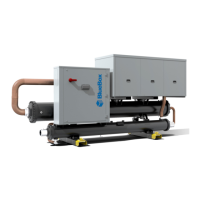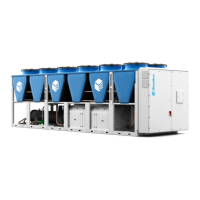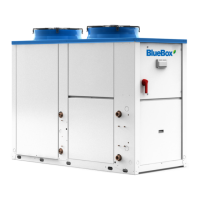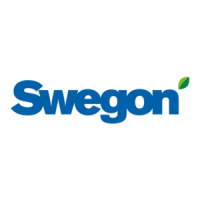What to do if my Swegon Chiller unit does not start and the display is off?
- SShannon RiosAug 12, 2025
First, ensure the main disconnect switch is in the “ON” position. Also, check for voltage in the power supply line. Verify that the protective devices upline and downline of the transformer of the auxiliary circuit are undamaged. If a protective device has triggered, reset it after addressing the cause.




